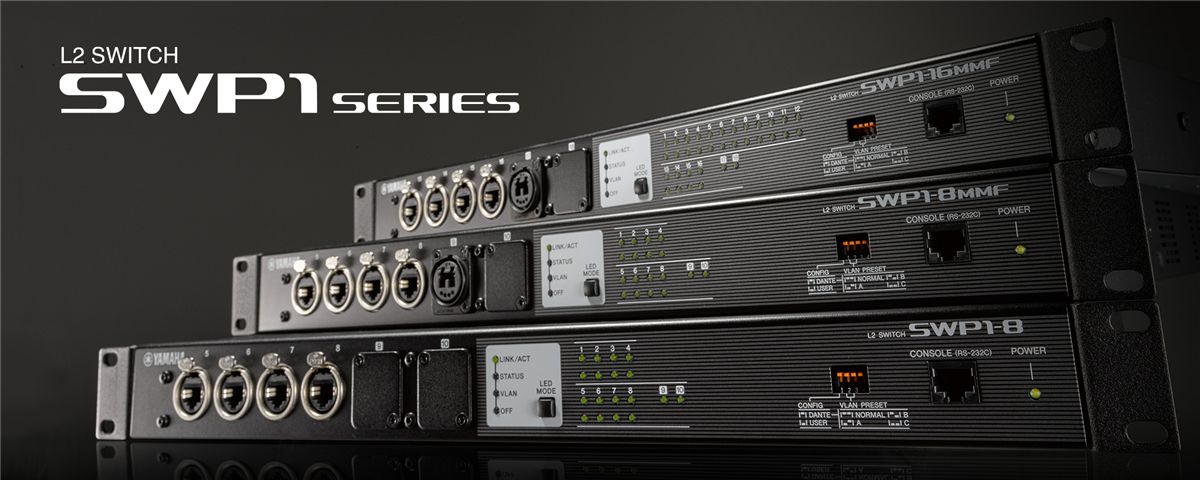SWP1
Interview
SWP1 Series Designer Interview

SWP1 Series Designer Interview
Digital audio networking is rapidly becoming an essential, convenience-enhancing element in live sound and other pro audio applications. Yamaha pro audio products with Dante audio networking capability, including the industry standard CL series digital mixing consoles, are leading the way. SWP1 series network switches are being introduced to take the evolution to the next level. The first Yamaha network router was introduced to the domestic market in 1995. Over the 20 years that followed, Yamaha brought IT and pro audio expertise together in some of the most innovative audio networking solutions available. In the following interview we discuss that background and some of the philosophy behind the SWP1 series network switches with key Yamaha pro audio designers.
History: The Path to Pro Audio
Yamaha was established in 1887 by Torakusu Yamaha to repair pedal organs. By 1987 the company had progressed from musical instrument manufacture to LSI production for digital audio processing. Yamaha network devices were developed as an outgrowth of communications LSIs in 1995. And now, 20 years after the appearance of the first Yamaha network devices, the SWP1 Series is ready to provide advanced, dedicated network functionality for pro audio applications.
The Dawn of Yamaha Network Devices
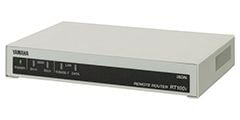
An LSI that evolved from Yamaha digital audio processing technology was developed for digital facsimile and modem use in 1987. Then in 1989 a dedicated LSI was produced for the emergent ISDN field. After developing a number of terminal devices for ISDN networks, the RT100i ISDN Remote Router was released in March of 1995, soon after commercial Internet began in Japan. March 20, 2015, marked the 20th anniversary of Yamaha network devices.
Bringing Yamaha Philosophy to the Router Arena

When commercial Internet services began in Japan in 1994, dial-up connection via analog lines was the primary means of access. Modem speeds for analog lines were initially between 28.8 and 33.6 kbps, soon to be overtaken by 56 kbps high-speed modems. ISDN lines then boosted access speed to 64 kbps, using two lines simultaneously for higher speed and reliability. Products that combined ISDN telephone and Internet access in a single device began to appear in 1997, and in October of that year Yamaha released the RT80i, a product that made a large impression in the very competitive ISDN dial-up router market. Yamaha then focused on achieving reduced size, lower cost, and all-in-one telephone and Internet functionality: features and performance that are consistent with Yamaha’s underlying philosophy. The result was the RTA50i, released in October 1998.
The Broadband VPN Era Begins
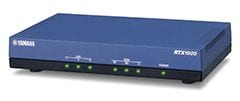
In the pursuit of greater reliability for financial institutions, municipal offices, and manufacturer branch offices, development was started on RT140 Series routers that were capable of multiple WAN connections via ISDN and Ethernet. The RT140e featured two Ethernet ports and was capable of connecting to both Ethernet and ISDN lines, making it a rarity among routers at the time. The RT140e was a standard choice for local router operation as well as CATV Internet connections, and became even more widely adopted when rapid growth of ADSL lines began at the turn of the century. Although private ADSL lines were appreciated for their speed, reliability was less than ideal and adoption by the corporate world was slow. Broadband VPN made it possible to maximize the speed advantage of the RT140e, and this combined with ISDN backup enticed corporations to begin adopting broadband. Development that focused on miniaturization, reduced cost, higher speed, and an ISDN backup solution began in October 2002, leading to the release of the RTX1000 Ether Access VPN Router.
Remote Access VPN
Remote access via Yamaha routers on ISDN and PHS lines had become a safe, secure solution. But the growth of broadband made it necessary to deliver a means of remote access via VPN, so in 2006 the YMS-VPN1 VPN Client Software application for Windows XP and Vista operating systems was released.
A New Firewall in the Family

Retaining the basic router and VPN functionality that Yamaha routers already offered, the SRT100 was released in 2007 with updated software and improved security features. The FWX120 Firewall, the successor to the SRT100, was released in 2012 with even further enhanced security and ease-of-use.
The Move to LAN

The RTA50i released in October 1998 could be used to directly connect multiple PCs via three ports and Ethernet hub functionality. The availability of Ethernet ready terminals increased rapidly, but increasingly large-scale and ageing LAN networks became a source of problems. The SWX Series network switches were introduced in 2011 to provide more stable LAN operation with improved manageability, and then in 2012 the WLX302 Wireless Access Point appeared on the LAN scene.
Digital Audio Leads to Networked Audio
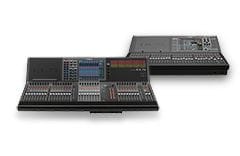
At the same time that Yamaha network devices were evolving, Yamaha was ahead of other manufacturers in digital pro audio product development. The astonishing advances in performance and economy that Yamaha digital technology offered led the industry into a pro audio workflow revolution. By the turn of the century IP communication via Ethernet had become a standard, resulting in a natural progression to networked audio. From the numerous audio network formats that were proposed and tried, Dante rose to prominence with its ability to handle more than 500 channels via an IP network. Yamaha was ahead of the curve once again, introducing a number of Dante capable products to the market with such success that it has become the de facto standard for audio networking in pro audio applications.
To 2016, and the World of Professional Audio
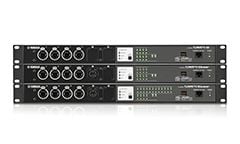
Dante digital audio networking is being adopted more and more as the network protocol of choice for pro audio, offering an ideal combination of high sonic quality and convenience. But more complex systems still require a fairly high level of technical expertise to avoid and resolve issues. Customers who are considering a Yamaha CL/QL series console or other Dante equipped devices often ask for network switch recommendations, highlighting the need for accessible technology in this area. We have worked hard to create network switches that can be used with confidence, without any specialized network know-how, and have added features such as Dante optimization and “network visibility” that work seamlessly with Dante’s audio flow management functionality. The SWP1 Series L2 network switches are the ideal solution. The SWP1 Series is built on 20 years of history, providing Yamaha performance and quality for Yamaha systems.

